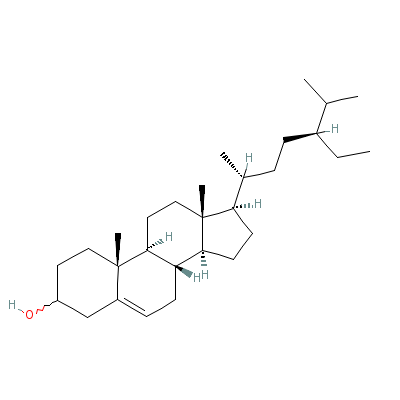| |
|
|
Botanical Name |
: |
Ficus religiosa |
English
Name |
: |
Bot-Tree, bo-tree, peepul, pipal, pipul, sacred fig. |
Synonym(s) |
: |
Urostigma religiosum (L.) Gasparrini |
Family |
: |
Moraceae |
| |
General Info
| Description |
 |
|
It is a large medium-sized deciduous tree with spreading branches about 10 to 12 m high. Bark is grey with brownish specks, smooth and 1.3 cm thick. Trunks are irregularly shaped. Leaves are alternate, broadly ovate or rotund, caudate and somewhat pendulous, upper surface glaucous, 5 to 7 veined and long petioled. Male flowers are very few and sessile: sepals 3, stamen 1 and filament short. Female and gall flowers: sepals 5, style short and lateral. Fruits are sessile in axillary pairs, depressed-globose, 1.3 cm across and dark purple when ripe. |
| Herb Effects |
 |
|
Astringent, antiviral, anthelmintic, lowers blood sugar and antiprotozoal (bark). |
Chemistry
| Active Ingredients |
 |
|
Beta-sitosterol and its glucosides (bark). |
| Chemistry
of Active Ingredients |
 |
|
|
 |
Name |
CAS# |
IUPAC Name |
Formula |
Structure |
 |
|
| Beta-Sitosterol |
5779-62-4 |
17-(5-ethyl-6-methyl
-heptan-2-yl)-10,13-
dimethyl-2,3,4,7,8,9
,11,12,14,
15,16,17
-dodecahydro-1H-cycl
openta[a]phenanthren
-3-ol |
C29H50O |

|
|
Pharmacology
| Medicinal Use |
 |
|
For skin diseases (leaf), dysentery, diarrhea and gonorrhea (bark decoction); in heart arrhythmia and sexual disorders, such as spermatorrhea and premature ejaculation, as an astringent (bark),in anal fistula, ulcer and wounds as an absorbent in inflammatory swellings (dried bark),for inflammatory ulcers (tender fresh leaves),in stomach ache and constipation (ripe fruits). The aerial roots are chewed by women to induce conception. |
| Reference |
 |
|
 Chandel et al., Biodiversity in Medicinal and Aromatic Plants in India. Chandel et al., Biodiversity in Medicinal and Aromatic Plants in India.
Grieve M. A Modern Herbal 1931 (www.botanical.com).
Sharma, Classical Uses of Medicinal Plants.
Uniyal et al., Medicinal Flora of Garhwal Himalayas. |
Dealers
Products
|
|